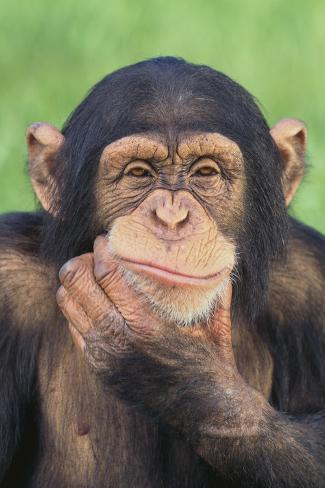
It has long been noted that human and primate expressions of emotions may be similar in both anatomy and context, especially with regard to human laughter and smiles and the playful situations in which they may occur ( Darwin, 1872 Andrew, 1963 Chevalier-Skolnikoff, 1973 Redican, 1982 Preuschoft, 1992). Consequently, these positive expressions might reflect the more rudimentary, evolutionarily older forms of laughter and smiles and require special attention in the search for potential homologs in non-human primates (“primates” from here onwards). Furthermore, laughter and smiles occur in positive contexts across cultures, for instance in rough-and-tumble play of children ( Grammer and Eibl-Eibesfeldt, 1990 Provine, 2000), and they are overall detected as positive expressions, albeit with cross-cultural differences in how they are more specifically processed ( Masuda et al., 2008 Sauter et al., 2010 Bryant et al., 2016). Typically sounding laughter is even produced by those with no or close to no auditory experience, such as in congenitally deaf college students ( Makagon et al., 2008). They occur in the first months of human development and continue to stay then mainly within positive contexts ( Sroufe and Wunsch, 1972 Nwokah et al., 1994 Oller et al., 2013). These expressions of positive affect seem to be deeply grounded in human biology. Whereas, laughter and smiles often represent behavioral indicators of positive emotions in humans, which may serve in multiple ways, they can also be products of other emotions as well as functions (e.g., fear grins: van Hooff, 1972 Schadenfreude laughter: Szameitat et al., 2009a for critical discussions on expressions and their relationships to emotions and communication, see Fridlund and Russell, 2006 Dezecache et al., 2013). It is perhaps best observable as outbursts of affect in solitary contexts and in young children's play.

Although it is important to be generally cautious when identifying emotional states of individuals based on their behavioral actions ( Fridlund and Russell, 2006 Fridlund, 2014 Waller et al., 2017), laughter and smiles are clearly strongly linked to positive emotions in many situations and their corresponding neurochemical changes ( Wild et al., 2003 Dunbar et al., 2012 Manninen et al., 2017). Martin, 2002 Dunbar et al., 2012), all in all covering a selection of fitness-relevant benefits. They promote social cohesion ( Provine, 2000 Dunbar and Mehu, 2008) as well as the development of cognitive and socio-emotional skills ( Fredrickson, 2001 Gervais and Wilson, 2005) and they may even affect a person's health and well-being ( Keltner and Bonanno, 1997 cf. Both play an important role in a wide range of daily social interactions ( Owren and Bachorowski, 2003 Dezecache and Dunbar, 2012). Laughter and smiles of humans have often been discussed in close association with each other. Furthermore, ancestral ape laughter and their open-mouth faces must already have been complex in form and function and changed over time via categorically different phylogenetic pathways to become characteristic, effective, and pervasive behaviors of everyday social interactions in humans. According to the Complexity and Continuity Hypothesis, human laughter and smiles of positive affect must have evolved within the context of play from ancestral species. The present work provides an evolutionary reconstruction of the evolution of human laughter and smiles of positive affect in form and function, based on the principle of maximum parsimony. Both laughter and smiles of positive affect also occur early in human development and across cultures, suggesting deep roots in human biology. These expressions of humans help to promote social relationships as well as the development of cognitive and socio-emotional skills and they may have a positive impact on health and well-being, hereby covering a selection of fitness-relevant benefits.

Laughter and smiles are often, but not always, associated with positive affect. 2Université Clermont Auvergne, CNRS, LAPSCO, Clermont-Ferrand, France.1Psychology Department, University of Portsmouth, Portsmouth, United Kingdom.

Marina Davila-Ross 1 * † and Guillaume Dezecache 2 †


 0 kommentar(er)
0 kommentar(er)
